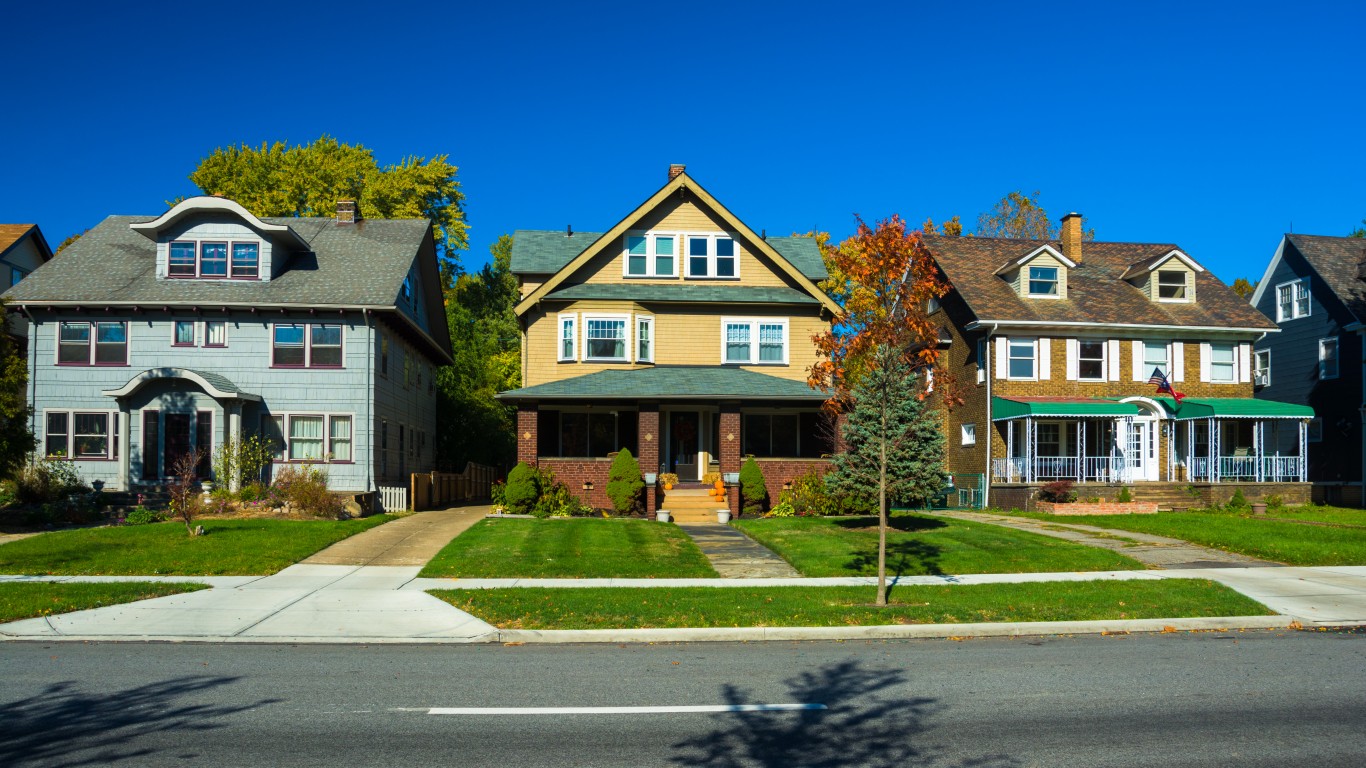Housing
The American City Where Home Prices Have Barely Risen in 20 Years

Published:

The famous S&P CoreLogic Case-Shiller Home Price Index shows that, in May, home prices rose an extraordinary 16.4% over the same month a year ago. That topped the already high 14.8% in April. In several cities, prices rose over 20%. Craig J. Lazzara, Managing Director and Global Head of Index Investment Strategy at S&P DJI commented: “Housing price growth set a record for the second consecutive month in May 2021.” The data he examined goes back 30 years.
Home price increases have been uneven, both recently and over the decades. For example, in May, the market with the largest increase was Phoenix at 25.9%. Among the 20 metro areas measured by S&P CoreLogic Case-Shiller, prices rose the least year over year in Chicago, at 11.1%.
For the long term, the researchers who produce the report set a special methodology to look back more than two decades: “The indices have a base value of 100 in January 2000; thus, for example, a current index value of 150 translates to a 50% appreciation rate since January 2000 for a typical home located within the subject market.”
Based on this longer-term analysis, some home prices have risen over 300% during the period. The four that have are all on the West Coast: Los Angeles (347), San Diego (341), San Francisco (326) and Seattle (335). Notably, these cities have some of the most expensive homes in America, although that is not part of the S&P CoreLogic Case-Shiller Home Price Index analysis.
The city where prices have risen the least is Cleveland. The reading there is only 150. Just a point above it is Detroit, at 151. The national average over the period is 256.
Why Cleveland and Detroit are so low is open to speculation. They are among the poorest large cities in America, based on both poverty levels and median income. Each has lost its population for decades. Both are in the Midwest. Yet, none of those is close to a conclusive reason.
Click here to read about the cheapest cities in which to buy a home.
The thought of burdening your family with a financial disaster is most Americans’ nightmare. However, recent studies show that over 100 million Americans still don’t have proper life insurance in the event they pass away.
Life insurance can bring peace of mind – ensuring your loved ones are safeguarded against unforeseen expenses and debts. With premiums often lower than expected and a variety of plans tailored to different life stages and health conditions, securing a policy is more accessible than ever.
A quick, no-obligation quote can provide valuable insight into what’s available and what might best suit your family’s needs. Life insurance is a simple step you can take today to help secure peace of mind for your loved ones tomorrow.
Click here to learn how to get a quote in just a few minutes.
Thank you for reading! Have some feedback for us?
Contact the 24/7 Wall St. editorial team.